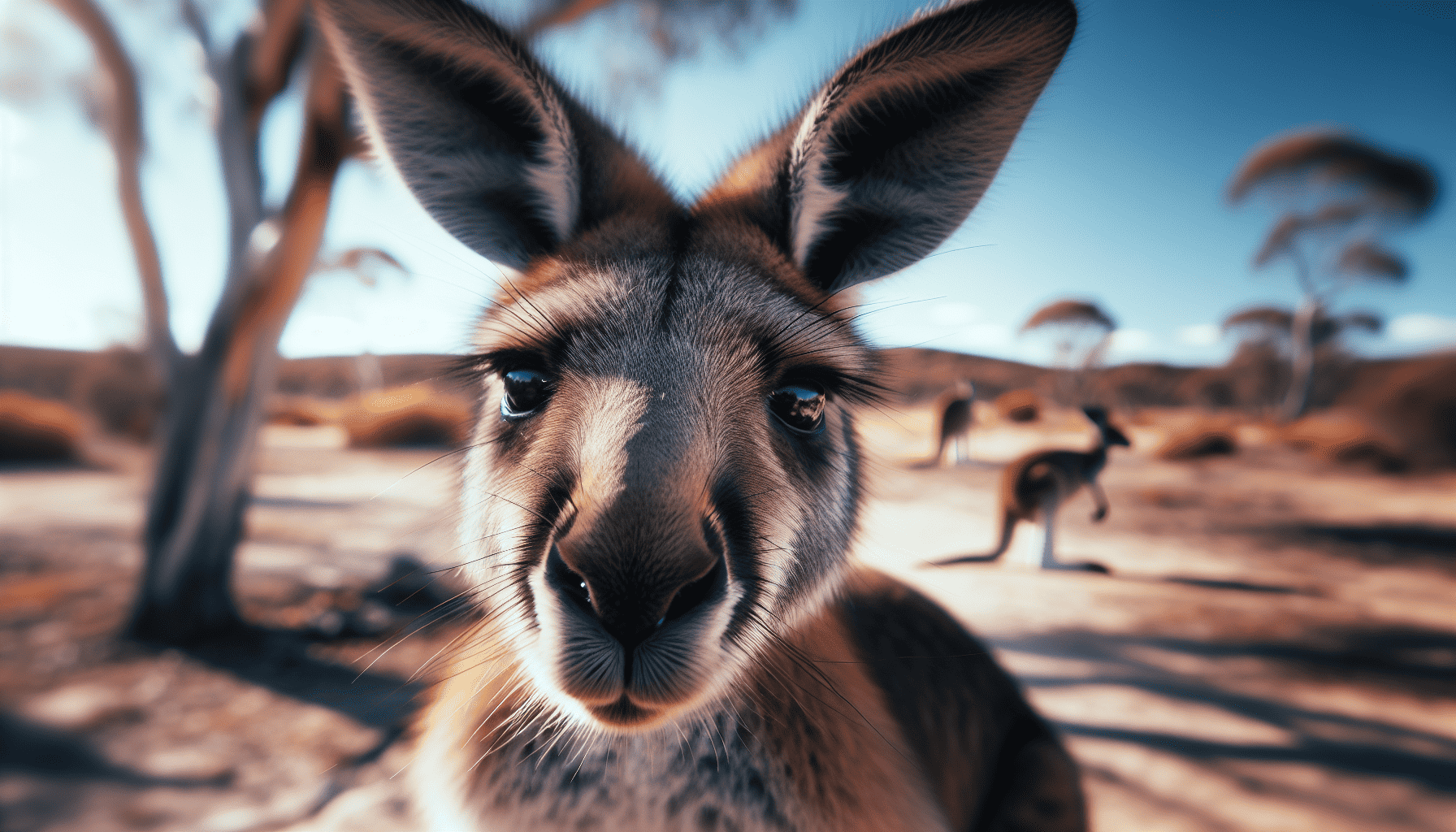Australia, a country and continent renowned for its stunning landscapes and unique wildlife, offers unparalleled opportunities for photographers seeking to capture the essence of the natural world. From the iconic kangaroo to the elusive platypus, each species presents its own challenges and rewards. Whether you're a seasoned professional or a curious amateur, understanding the best practices in wildlife photography is key to your success in the Land Down Under.
To begin your photographic journey, it's essential to prioritize respect and patience. Australia's wildlife is incredibly diverse, yet often elusive. Some species are active during the day, while others emerge only under the cloak of night. Researching the habits and habitats of the animals you wish to photograph is crucial. This not only increases your chances of encountering them but also ensures their natural behaviors are not disrupted.
When planning your photography excursions, timing is everything. The golden hours of dawn and dusk provide soft lighting that can enhance the natural beauty of your subjects. Moreover, many animals are most active at these times, presenting more dynamic photographic opportunities. Australia's vast landscape means weather can vary significantly, so be prepared for changing conditions which can offer a variety of lighting situations.
Approaching wildlife requires a gentle touch. While zoom lenses allow you to maintain a respectful distance, learning to move quietly and anticipate animal behavior will improve your chances of capturing intimate moments. Stay downwind when possible, and make use of natural cover to blend into the environment. Remember, your comfort and safety, as well as the safety of the wildlife, are paramount.
Mastery of your camera equipment is vital. For wildlife photography, a camera with a fast shutter speed and good low-light performance is advantageous. Use a tripod or monopod to stabilize your shots, particularly when using long lenses. Additionally, understanding ISO settings and exposure compensation will help you adapt to the varied lighting conditions you’ll face in Australia's wild terrains.
Composition should not be overlooked. Wildlife photography isn't just about the subject—it's about the story you tell. Engage viewers by capturing animals within their habitat, showing interactions and behaviors that reveal character. Experiment with different angles and perspectives; often, the most compelling images are those taken at eye level, creating an intimate connection between viewer and subject.
While capturing the perfect shot is a thrilling pursuit, photographers are also custodians of the environments and wildlife they document. Advocacy for conservation is an integral part of wildlife photography. Share your images with the intent to educate and inspire others about the beauty and vulnerability of Australia's natural world.
Lastly, embrace the unpredictability of wildlife photography. Some days you may return without a single shot, while on others you might capture a fleeting moment that takes your breath away. Each expedition is an opportunity to learn and to deepen your appreciation for the intricate web of life that thrives across Australia.
In conclusion, photographing Australia's wildlife is an adventure in itself, requiring patience, knowledge, and an empathetic approach. By honing your skills and observing best practices, you'll not only create stunning images but contribute to the preservation of these incredible creatures for generations to come.
